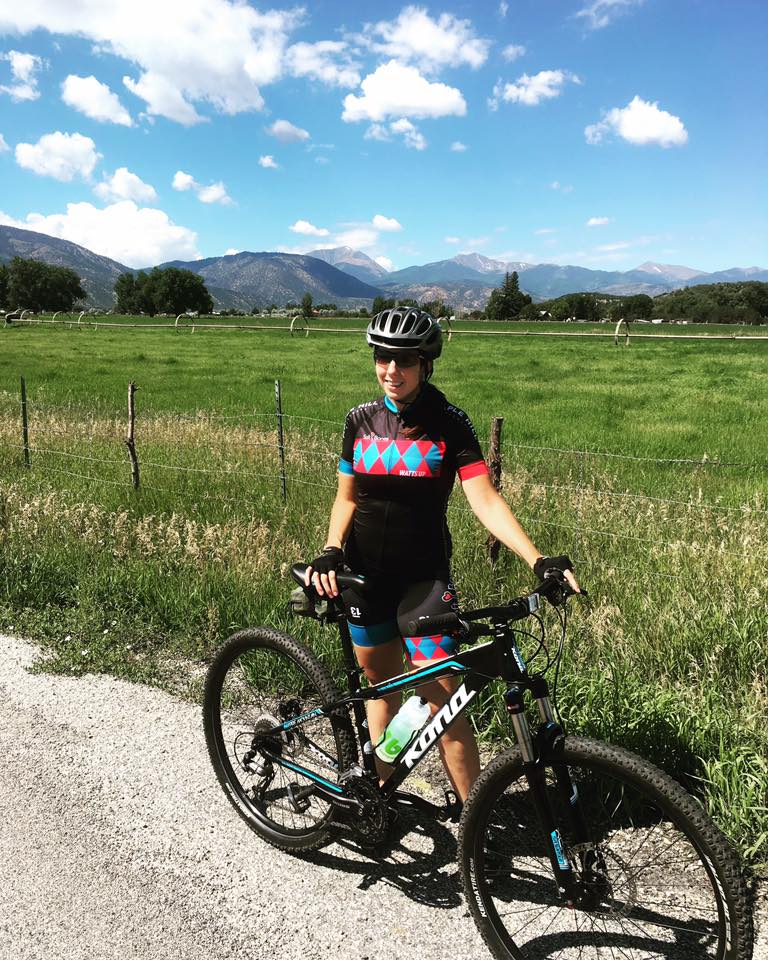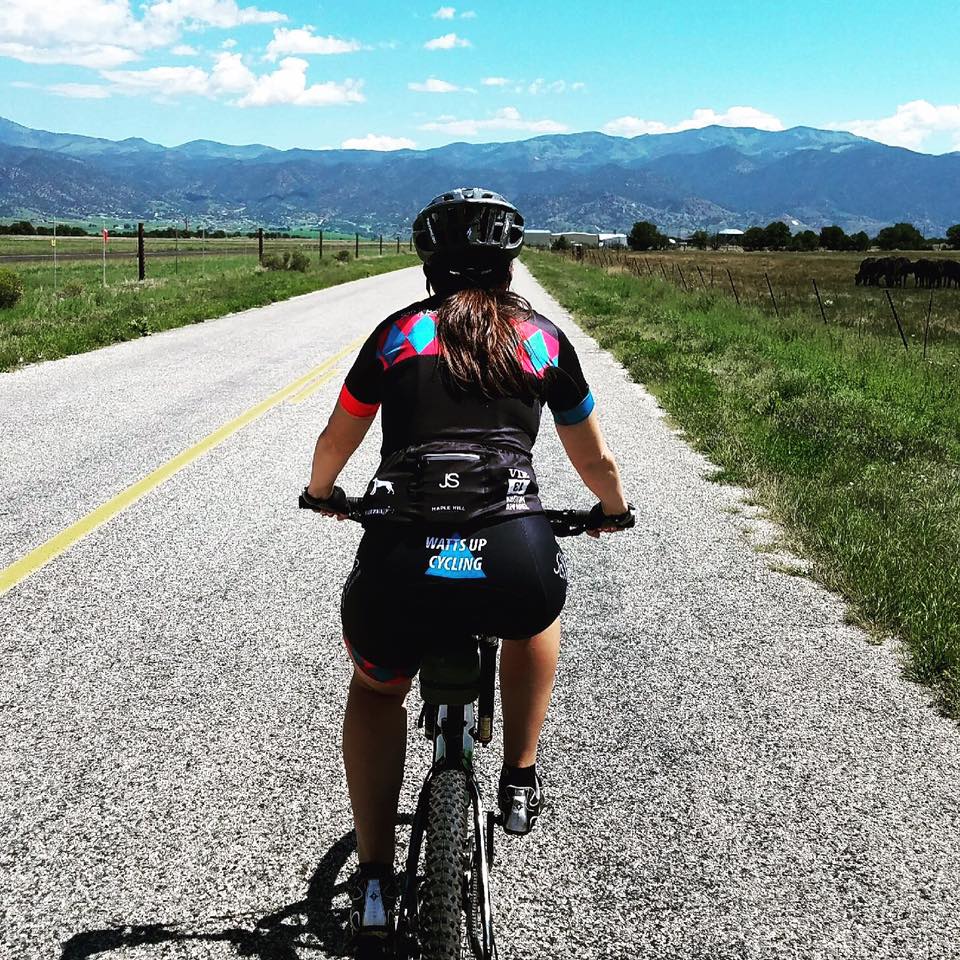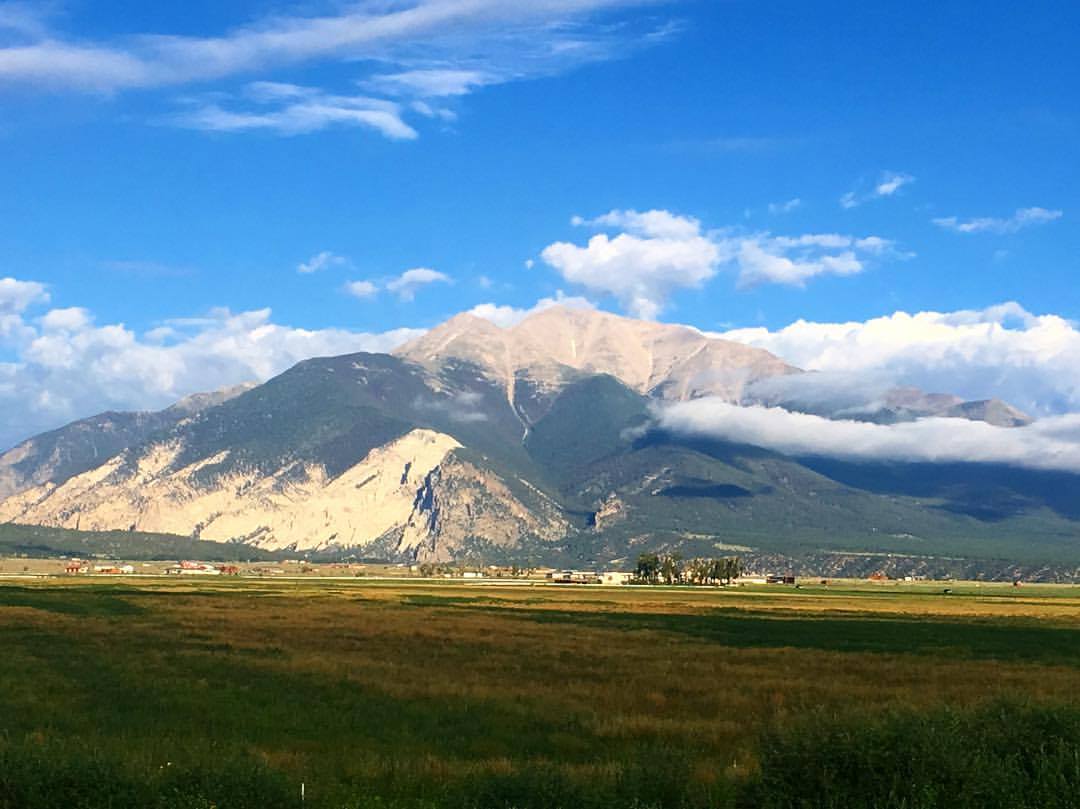A couple of weeks ago I took a trip out to Colorado for vacation, part of which included some hiking and of course riding a bike. I went out there not really believing that the altitude in the mountains of Colorado would really have any effects on me. I am in pretty good shape and could surely overcome some dry thin air with ease. However, during the first hike we went on, I felt like a was a completely out of shape couch potato exercising for the first time. I had trouble catching my breath and I started to feel a bit light headed and dizzy (although these feelings did pass after a little while).
The next day we went for a bike ride and I found that even at the beginning of what I would consider to be a normal climb, I was out of breath. I quickly began to feel like my heart was pounding out of my chest. Since there was less oxygen at this altitude, each breath I took gave my body much less of the 02 it was looking for. Following these early experiences in our trip, I had to admit that maybe there was something to the challenges of training at altitude after all.

In addition to the thinness of the air, it was also much drier out there which was a nice change from the humidity of New Jersey, but it also meant that hydration was even more key than usual. Apparently it is recommended that you hydrate twice as much at altitude than you would closer to sea level. The dry air sucks the moisture from your body without anything out in the atmosphere to even slightly begin to replenish it.

I didn’t do any kind of epic riding in this trip out to Colorado and I am almost glad because I got to experience the effects that altitude can have and learn some lessons for next time around. This way in the future if I do decide to take on some of the more challenging terrain that this area has to offer I will be better prepared mentally and physically for the challenges of riding up closer to the sky.
